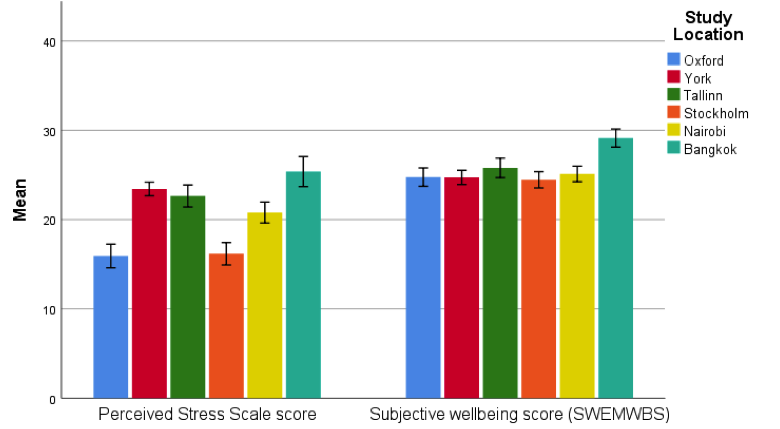City Know-hows

This study sheds light on Indian planners’ perceptions of health integration in urban and regional planning, highlighting implementation obstacles as well as acknowledgement of the topic’s significance.
Share
Target audience
Urban planners, public health professionals, medical professionals in India and decision/policy makers
The problem
Planners recognize the impact of social, economic, and environmental factors on health and are seeking to include health-related initiatives into planning. However, there are major challenges to implementing measures for developing healthier built environments. While there is an acknowledgement that there is limited inclusion of health, there is a lack of studies that focus on finding the challenges faced by Indian spatial planners.
What we did and why
The present research investigates barriers to integrating health considerations into planning frameworks, this research aims to bridge this knowledge gap and provide practical insights for urban planners and public health specialists in India.100 planners working in India in the field of planning participated in the survey resulting in understanding planning professionals’ perspectives on adding health as a planning parameter and to identify hurdles to inclusion.
Our study’s contribution
The study draws attention to issues such a lack of interdisciplinary teamwork, poor health data, and limitations applying health objectives in planning.
Impacts for city policy and practice
The study reveals key themes for health integration in planning: local-level interventions, considering the impacts of planning, strengthening policy frameworks and stakeholder engagement, and governmental support.
Further information
Full research article:
Health and urban planning: status and barriers from planners’ perspectives by Pallavi Tiwari and Mayank Mathur.
Related posts

Year-long road closure to Mainkai riverfront in Frankfurt demonstrated more active public space usage, especially during COVID-19 lockdown. Our study looks at the +45% cyclists, +20% pedestrians and + 1150% children cycling on the street.

Death remains an ever-present threat to the unhoused community. Hostile architecture designs like benches with middle armrests or spikes along ledges likely contribute to the massive health disparities homeless individuals face. It’s time to design something new.
